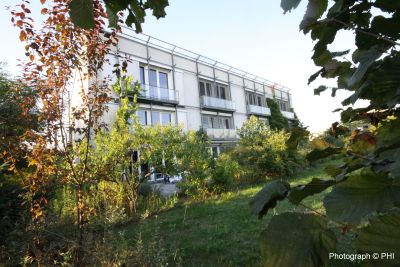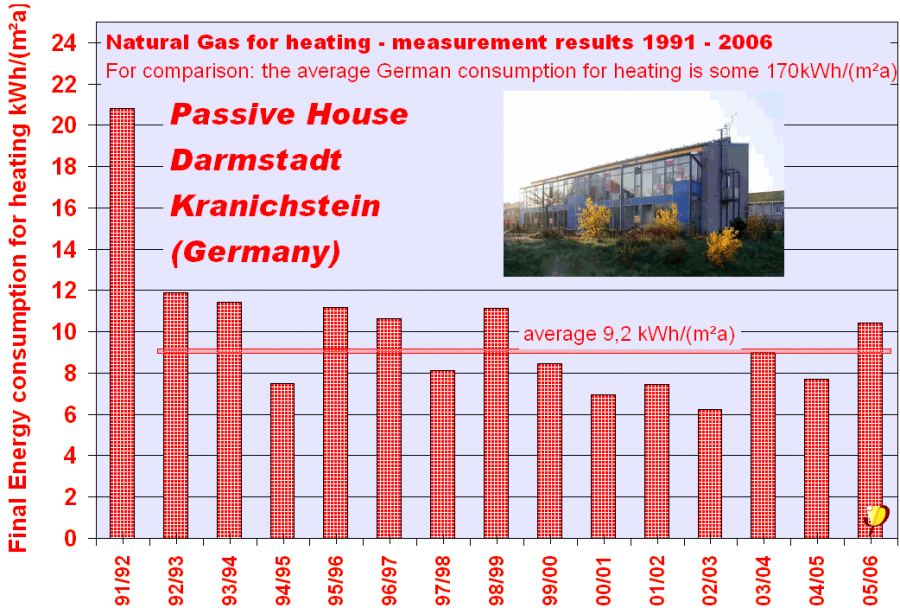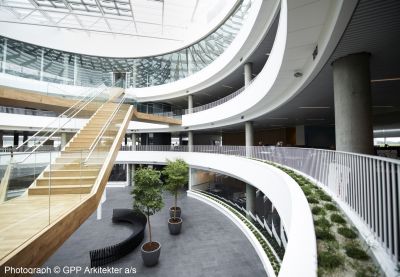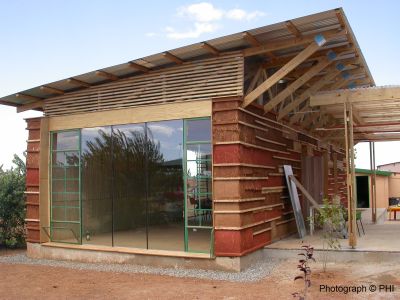1.1 What is a Passive House?
| Site: | Passive House Online Training | Passive House Institute |
| Course: | Passive House Fundamentals, Teaser [English] |
| Book: | 1.1 What is a Passive House? |
| Printed by: | Guest user |
| Date: | Wednesday, 22 October 2025, 8:57 AM |
TO REMEMBER
- EU Energy Efficiency Plan 2020
- Passive House solution:
Energy efficiency, thermal comfort and excellent air quality
- 5 Passive House principles
- Insulation
- Passive House windows
- Airtightness
- No thermal bridges
- Ventilation with heat recovery
- 5 certification criteria
- Heating demand
- Cooling demand
- Overheating frequency
- Primary energy renewable
- Airtightness
The Passive House - Historical Review

Passive House buildings and principles have a long tradition in many parts of the world, but they were forgotten when fossil fuels became abundant and cheap.
In 1883, the super-insulated research ship "Fram" was built. It can actually be considered as the first "Passive House". However, it was only after the oil price crises of 1970 that strategies for energy-efficient solutions really started being developed. Research on zero and low-energy buildings, as well as on an energy-autarchic solar house in Germany, finally led to the first Passive House in Darmstadt Kranichstein in 1991.
For a detailed history and a perspective of the Passive House, please click here.
In 1883, the super-insulated research ship "Fram" was built. It can actually be considered as the first "Passive House". However, it was only after the oil price crises of 1970 that strategies for energy-efficient solutions really started being developed. Research on zero and low-energy buildings, as well as on an energy-autarchic solar house in Germany, finally led to the first Passive House in Darmstadt Kranichstein in 1991.
For a detailed history and a perspective of the Passive House, please click here.
The World's first Passive House, Darmstadt-Kranichstein (Germany)

Wolfgang Feist and Bo Adamson created a research cooperation in 1988 to follow up on the idea of a "House without heating" in Central Europe meeting the common comfort criteria. The first Passive House was finally built in 1991 in Darmstadt Kranichstein. The four dwellings were monitored in detail, and it turned out that they met the predictions of the building simulation exactly, even after 24 years.
The current objectives are to continue reducing additional construction costs for Passive Houses and adapt the concept worldwide.
For more details about the Darmstadt Kranichstein project, please click here.
The current objectives are to continue reducing additional construction costs for Passive Houses and adapt the concept worldwide.
For more details about the Darmstadt Kranichstein project, please click here.
A Passive House for everybody

Within the last several years, the Passive House has rapidly gained popularity, with over 60,000 residential and non-residential units in existence worldwide, and more than 14,000 certified according to strict Passive House Institute certification criteria. You will find Passive House dwellings, hotels, schools, kindergartens, churches, embassies, museums, hospitals, sport centres, factories and offices in more than 40 countries. These numbers are on the rise and you can already visit Passive House buildings in Chile, Spain, Mexico, Canada, the USA, Greece, Bulgaria, China, Indonesia and Australia amongst many others.
Check out Passive House projects worldwide on the Passive House Database and have a look at the Passive House Planner website for detailed documentation.
Check out Passive House projects worldwide on the Passive House Database and have a look at the Passive House Planner website for detailed documentation.

Now that you have had an overview of the Passive House standard, its history and huge energy-saving potential, you can test your knowledge with the following quiz: